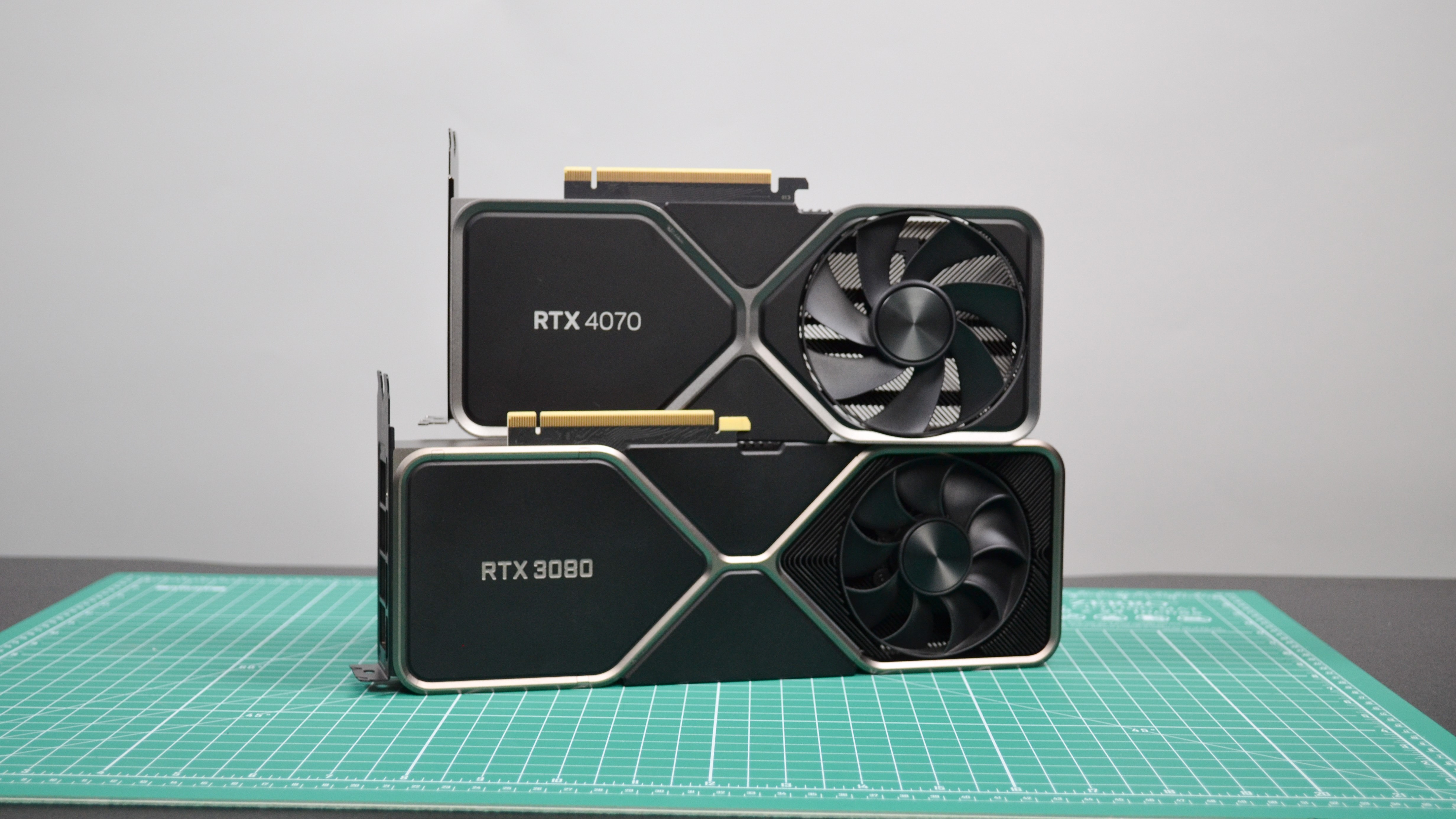Nvidia’s next-gen GeForce graphics cards remain a hot topic on the rumor mill, and a new post on X is attracting a lot of attention, having spilled some of the potential specs of these Blackwell GPUs.
This comes from regular leaker Kopite7kimi (via VideoCardz), who gives us the rumored – add seasoning – loadout for Streaming Multiprocessors (SMs, which directly reflect the all-important core count), as well as memory bus and type down the product range.
GB202 12*8 512-bit GDDR7GB203 7*6 256-bit GDDR7GB205 5*5 192-bit GDDR7GB206 3*6 128-bit GDDR7GB207 2*5 128-bit GDDR6June 11, 2024
As you can see, the leaker states that GB202 – the top-end chip for Blackwell that’ll power the RTX 5090 – will purportedly offer a maximum count of 192 SMs.
As the leaker notes, that’s worked out using the sum of 12 x 8 – which is the Graphics Processing Clusters or GPCs times the Texture Processing Clusters or TPCs inside – which is 96, and then doubling (which assumes Nvidia sticks with 2 SMs for every TPC) to get the total of 192 SMs.
The memory bus of the RTX 5090 could hit 512-bit, as we’ve been told before, but Nvidia doesn’t have to push to the maximum capabilities of the spec for GB202 outlined here – we’ll come back to discuss that in moment.
So, looking down the range, next we have GB203 (RTX 5080) equipped with (up to) 84 SMs and a 256-bit bus, and then GB205 (presumably the RTX 5070 – but not necessarily) which is 50 SMs plus 192-bit.
With GB206 (maybe the RTX 5060 Ti?) Nvidia is plumping for 36 SMs and 128-bit, and finally GB207 (RTX 5060?) is set to run with 20 SMs. As a final twist, the latter chip may stick on GDDR6, rather than advancing to GDDR7 video memory as the rest of the Blackwell range will do.
Analysis: Too early to fret yet
In some ways, performance is really not the central issue here – rather next-gen pricing, and we certainly don’t have the scoop on that from the rumor mill yet.
Let’s dig into the details a bit more, and while the maths of GPCs and TPCs may look complex and seem confusing, it doesn’t matter as much as the comparison of SM counts to the current-gen Lovelace graphics cards. And these are roughly along the same lines, with the notable exceptions of the top-end GB202 (RTX 5090), which has a much heavier loadout of SMs (192 for Blackwell vs 144 for Lovelace), and what might be the RTX 5070 or GB205 (50 for Blackwell vs 60 for Lovelace).
However, we must stress that the SM figures provided here are the full counts available for the given chip, so while GB202, for example, may be equipped with 192 SMs, the RTX 5090 could use a cut-down version of that chip. Indeed, this is exactly what’s rumored, and that the memory bus will be trimmed somewhat, as well (to 448-bit – and likely 28GB of VRAM as a result, not the full 32GB Nvidia could squeeze on if it wanted to, at least in theory).
Why cut GB202 for the RTX 5090? Because Nvidia doesn’t need to run the full configuration, and likely that most powerful, fully enabled GB202 chip will be used in professional AI graphics cards – or perhaps reserved for a future RTX 5090 Ti (though that feels unlikely, frankly, but you never know).
Regarding the RTX 5090’s potential performance, previous rumors have certainly suggested a very powerful graphics card – in the order of 50% faster than the RTX 4090, or even more perhaps – so we wouldn’t worry on that score.
What some folks have taken from this particular leak, though, are concerns that the RTX 5070 looks a bit weak – although remember the RTX 4070 uses a very cut-down chip itself (46 of 60 SMs enabled).
We should also be very cautious here because on top of not knowing exactly where Nvidia might draw the lines for cutting down SM counts, we also aren’t aware of the architectural gains Blackwell delivers. So guessing about performance at this stage – based on mere rumored specs – isn’t really a very fruitful exercise right now.
In short, sit tight and wait for more concrete leaks than this, but worries are being aired, and plenty of them, not just about the RTX 5070 as mentioned, but the RTX 5080 looking a good way off the pace compared to the flagship. And indeed the lower-end Blackwell graphics cards not looking all that tempting or capable of making our list of the best GPUs. Again, all of this is jumping to premature conclusions, so let’s keep that leaping to a minimum for the time being.





